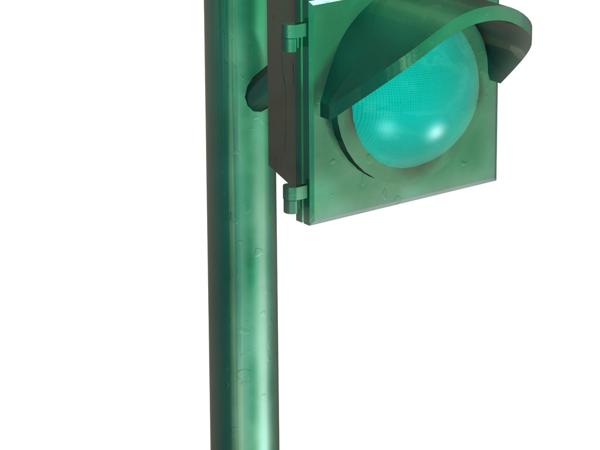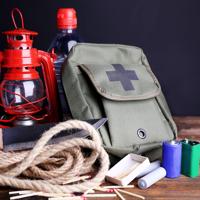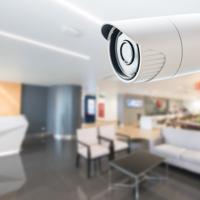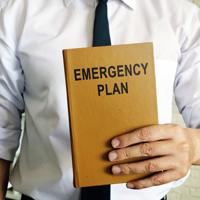In the realm of personal defense, situational awareness stands out as a foundational skill. It encourages individuals to be mindful of their surroundings, fostering a safer and more secure life. Think of it as having an extra set of eyes that are always open. Developing better situational awareness isn’t necessarily about adopting complex tactics; rather, it’s about adopting a mindset of constant, relaxed vigilance.
What is Situational Awareness?
Situational awareness refers to being conscious of what’s happening around you, understanding how information, events, or your own actions will impact your goals and personal safety, both now and in the near future. It’s about being alert, not alarmed, and observing one’s environment with an engaged mind.
Why Situational Awareness Matters
Interestingly, studies have shown that awareness alone can deter criminal activity. Criminals often seek easy targets, and someone who seems perceptive and aware poses a challenge. A well-regarded report by the University of North Carolina at Charlotte noted that about 60% of interviewed burglars said that surveillance and signs of occupancy deterred them from breaking in.
Everyday Situational Awareness
Situational awareness can be practiced almost anywhere:
-
On the Road: As a driver or pedestrian, notice the traffic patterns, distracted drivers, and potential obstacles. This can lead to safer commutes and walks.
-
In Public Spaces: Be mindful of exits, potential hazards, and unusual activities when you’re in places like shopping malls, concerts, or parks.
-
At Home: Develop a routine of checking locks and maintaining a clean and organized environment. This makes unusual changes stand out more readily.
Make it Personal
For me, improving situational awareness started simply by practicing mindfulness. I began by checking my phone less frequently in public spaces. It was remarkable how much more I noticed around me when I wasn’t tethered to a screen. Small, simple changes can make a difference.
Building Blocks of Situational Awareness
Observe
-
Get to Know Your Norm: Familiarize yourself with the usual sights and sounds of your daily environments. Unfamiliar sounds or sights can serve as early warning signals.
-
Use All Your Senses: Sight is valuable, but hearing, touch, and even smell can alert us to changes in our environment.
-
Practice Active Scanning: Every few minutes, take a few seconds to actively scan your surroundings, observing people and objects, and assessing potential threats.
Orient
-
Assess Information: Understand what’s happening around you based on your observations. This can involve contextualizing the behavior of others or assessing if something is out of place.
-
Know the Patterns: Recognize normal patterns of behavior in specific settings and notice deviations.
-
Prioritize Awareness: Situational awareness should flow naturally, but it should always be within reach. Avoid over-focusing, which can lead to fatigue or missed details.
Decide
-
Have a Plan: Know what actions to take if something feels off. This doesn’t require extensive plans or courses of action—just a basic idea of when to leave, when to find help, or how to alert others.
-
Risk Assessment: Quickly weigh the potential for real threats against the possibilities of overreacting. Trust your instincts, but use reasoned judgment.
Act
-
Take Action When Necessary: If you perceive a threat, act promptly and decisively. This may involve removing yourself from a situation, notifying authorities, or seeking safety.
-
Debrief: After handling a situation, think about what you learned from it. Reflect upon what went right and where you could improve.
Useful Techniques and Exercises
-
Mindful Observation: Choose a location and spend a few minutes observing details. Look at people, their actions, the buildings, the general atmosphere, etc. This enhances observational skills over time.
-
The Cooper Color Code: A simple mental model that categorizes levels of alertness. It escalates from white (unaware), yellow (relaxed alert), orange (focused alertness), to red (alert for imminent danger).
-
“What if?” Questions: Regularly contemplate scenarios and how you might react. This mental exercise prepares you to think quickly and act appropriately.
Conclusion
Becoming more situationally aware is a gradual process. It’s about cultivating a habit of mindfulness and engagement with the world. Remember, the goal is not to be paranoid, but to be prepared and aware.
Through deliberate practice and consistent application of the principles of observation, orientation, decision-making, and action, anyone can improve their situational awareness and enhance their personal safety.




